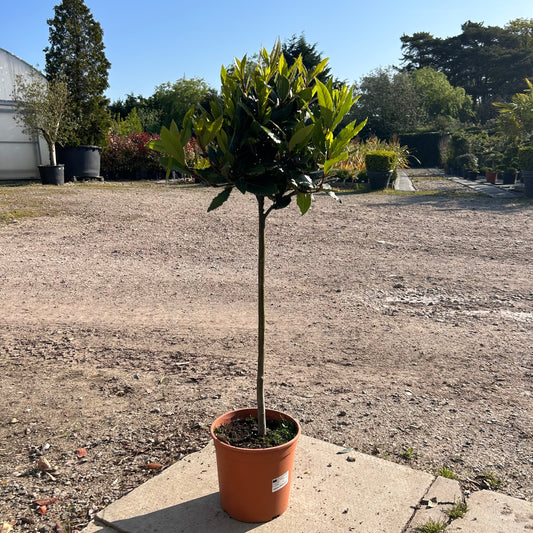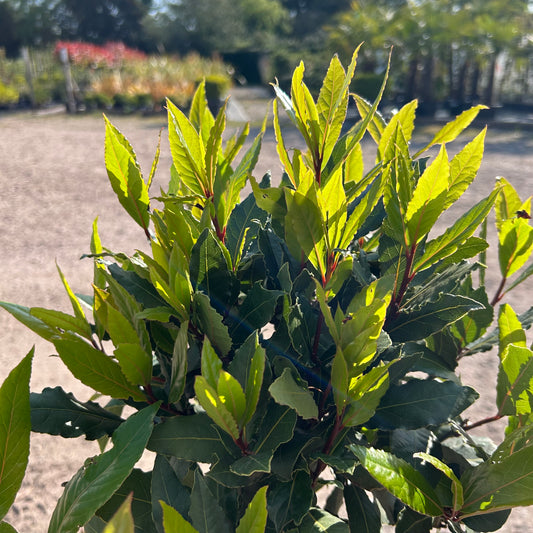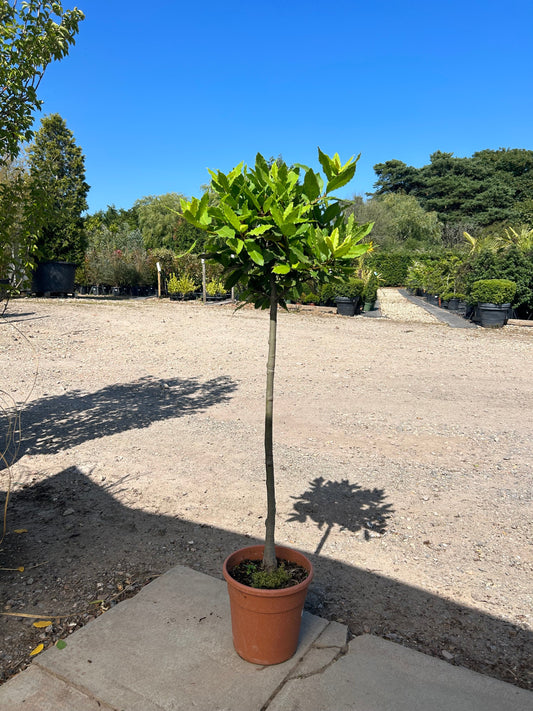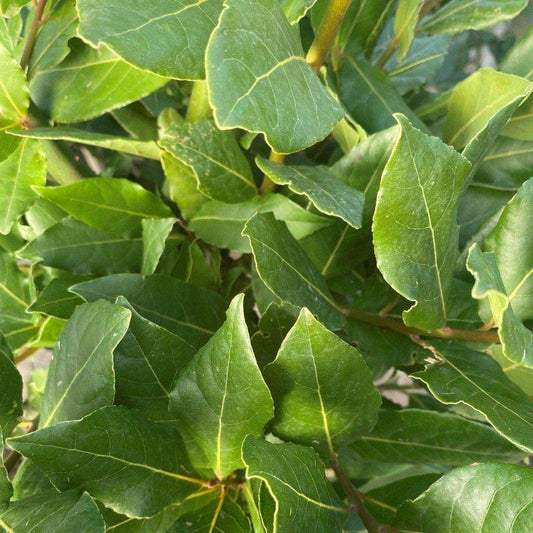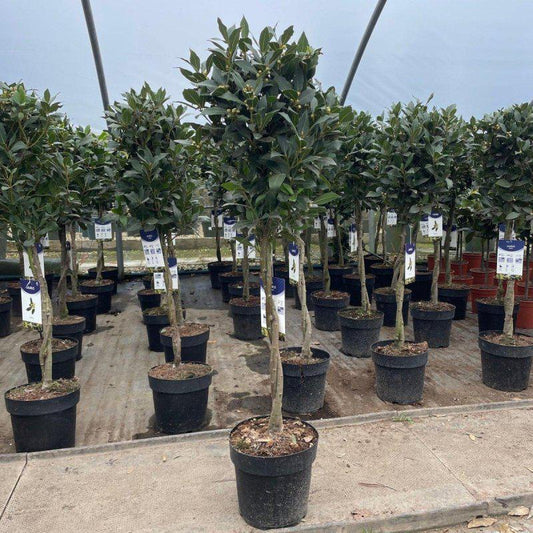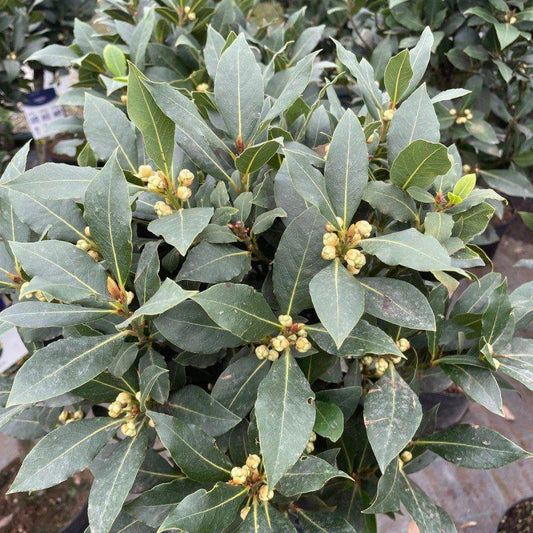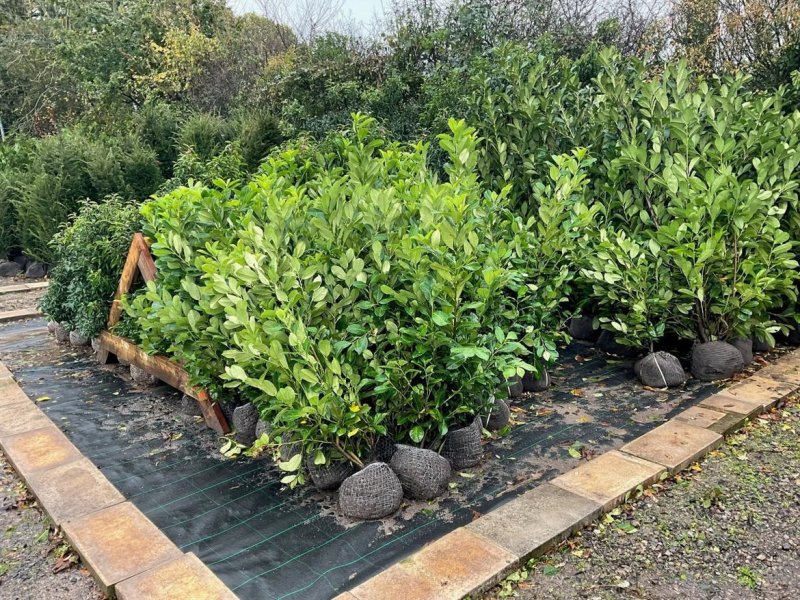Rootball hedging, known for its evergreen quality, fast growth, and resilience in various weather conditions, is a popular choice for gardeners seeking to add privacy and aesthetic appeal to their gardens. This guide will walk you through the essential steps to ensure your rootball hedge thrives in your outdoor space.
1. Understanding Rootball Hedging
Rootball hedging is typically grown in fields and harvested with its roots kept in a ball of soil, often wrapped in hessian for protection during transport. Common types include Cherry Laurel, Yew, and Box hedging, each with unique characteristics suitable for different garden styles and climates.
2. Best Planting Time and Conditions
It's best to plant rootball hedging soon after purchase, ideally around November to spring. Avoid storing them for more than a few days. If the ground is frozen or waterlogged, wait until conditions improve but ensure the hedging is kept moist and protected.
Avoid planting during heavy rain, severe frosts, or windy weather. Such conditions can impede the successful establishment of the hedge.
3. Planting Process
- Prepare the planting area by adding nutrients using compost or garden center soil.
- Keep the hessian wrap on the rootball during planting, as it supports the roots and decomposes over time.
- Dig a trench or series of holes twice the width and as deep as the rootball. Loosen surrounding soil with a fork for better drainage and root development.
- Ensure the rootball is at the correct depth: covered but with plant stems above soil level.
- Before planting, soak the area with water to provide ample moisture to the roots.
4. Watering and Maintenance
Rootball hedging requires consistent and thorough watering, especially during the first growing season or until fully established. Keep the ground moist at all times. Over-watering and under-watering can both be detrimental.
5. Protection and Care
- Protect the roots from frost in winter by using mulch and leaving fallen leaves on the ground.
- Regular pruning is crucial for controlling growth and encouraging new stem and leaf development. Seek professional advice if unsure about pruning techniques.
6. Troubleshooting
Be vigilant for signs of stress such as wilting, yellowing, or brown leaves. Perform a scratch test to check for living tissue if you suspect plant damage. Defoliation during warm, dry weather is common but not indicative of plant death.
7. Additional Tips
- Rootball plants have a 10% failure rate, but this can be improved with consistent care and the use of Rootgrow.
- Avoid planting too deep, and be mindful of weather conditions during the first year.
- Give the plants time to recover from any issues and contact experts if you have concerns.
In summary, the key to a thriving rootball hedge lies in careful selection, proper planting, consistent watering, regular maintenance, and being attentive to the plants' needs, especially during their establishment phase. With these guidelines, you can enjoy a lush and healthy hedge that enhances your garden's beauty and privacy.
Certainly! Here are five FAQs to complement the guide on caring for rootball hedging:
Frequently Asked Questions (FAQs) about Rootball Hedging
Q1: Can rootball hedging be planted at any time of the year?
A1: The best time to plant rootball hedging is from November to spring, as soon as you receive them. Avoid planting in extreme weather conditions like heavy frost, intense rain, or strong winds. Root ball Box hedging can be planted throughout the year, making it a versatile option for different planting schedules.
Q2: How often should I water my rootball hedge?
A2: Rootball hedges need consistent and thorough watering, especially during the first growing season or until they are fully established. The soil should be kept moist at all times, but be careful not to over-water. Watering frequency may vary based on weather conditions and soil type.
Q3: Is it necessary to prune rootball hedging?
A3: Yes, regular pruning is important to maintain the shape and health of your hedge. It prevents the hedge from becoming overgrown and encourages new growth. If you're new to pruning, you may consider getting professional help or advice.
Q4: What should I do if the leaves of my hedge start turning yellow or brown?
A4: Yellowing or browning of leaves can be a sign of stress due to improper watering, frost damage, or planting depth issues. Conduct a scratch test on the branches to check for live tissue. Ensure the hedge is watered correctly and protected from harsh weather conditions. Allow time for recovery and consult with experts if necessary.
Q5: Can I leave the hessian wrap on the rootball when planting?
A5: Yes, you should leave the hessian wrap on the rootball during planting. The wrap provides support and protection for the roots and will naturally decompose over time without harming the plant.


